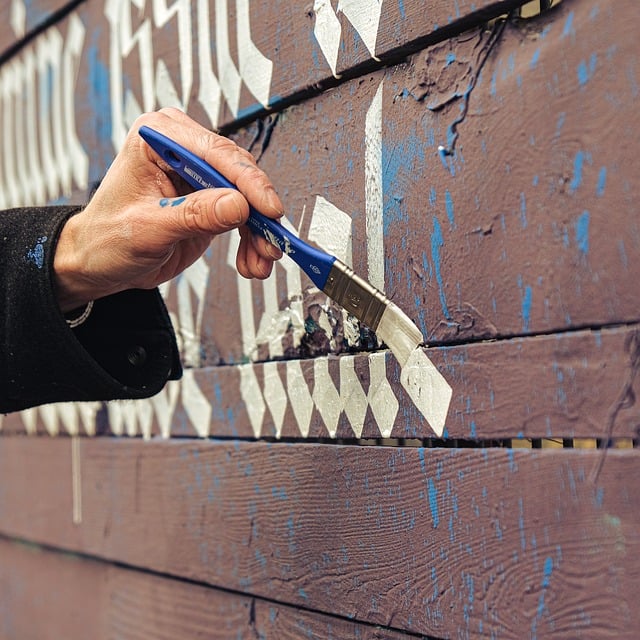Discovering the Beauty of Wood Painting
There’s something uniquely satisfying about transforming a plain piece of wood into a vibrant work of art. Wood painting is more than just applying color; it’s about connecting with the natural grain beneath your brush and bringing it to life in ways that delight the senses. Whether you’re a seasoned painter or a curious beginner, mastering wood painting techniques opens up endless creative possibilities.
Understanding Your Canvas
Unlike traditional canvases, wood has its own personality — knots, textures, and grains that add character to every stroke. Before you dip your brush, take time to study the surface. Is it smooth or rough? Does it have natural imperfections that you want to highlight or mask? Appreciating these details will guide your approach and help you create a piece that feels organic and authentic.
Choosing the Right Paint and Tools
The choice of paint can greatly affect the outcome of your project. Acrylics are popular for their quick drying time and bright pigments, but oils bring a rich depth that can enhance the natural warmth of wood. Don’t forget to select brushes that match your technique; fine-tipped for detailed work, or wider brushes for broad strokes and washes.
Techniques That Bring Wood to Life
- Base Coating: Start with a smooth base coat to even out the surface and create a foundation for your design.
- Dry Brushing: Use this to highlight the texture of the wood grain by applying paint sparingly with a dry brush.
- Layering: Build depth by applying multiple layers of paint, allowing each to dry before adding the next.
- Stippling and Sponging: Create texture and visual interest with dabbing techniques that mimic natural patterns.
- Waxing or Sealing: Finish your work with a protective coat that enhances color and shields your masterpiece from wear.
Embracing Imperfections
Part of the charm in wood painting lies in its imperfections—the uneven surfaces, the rustic knots, the unpredictable grain patterns. These features don’t need to be hidden; instead, embrace them as an integral part of your art. Let the wood tell its story alongside your vision.
Inspiration and Exploration
Once you’ve mastered the basics, let your creativity run wild. Try painting natural scenes that complement the wood’s texture, or abstract designs that contrast with it. Wood painting offers a tactile and enriching experience—where every project is an opportunity to connect with both material and moment.
